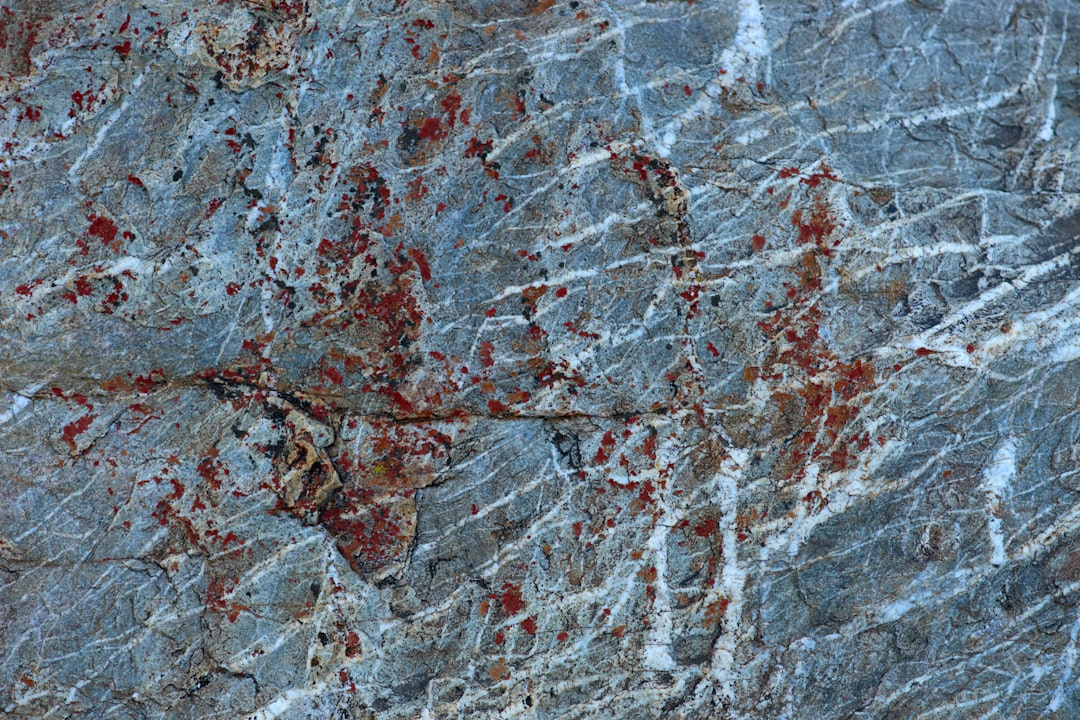What is it about?
Tropical oceanic precipitation can be attributed to a range of convective systems such as shallow cumulus and deep, organized systems. Several recent studies have identified cold pools to be an important and underexplorerd mechanism in organizing tropical convection. Downdrafts in the vicinity of a convective system reach at the surface, thus creating a cold pool of air with a gust front at its boundary. Environmental air is lifted to its level of free convection at this boundary, thus allowing upscale growth and decay of convective systems over oceans. Although cold pools play such an integral role in the convective life cycle, fewer observational techniques are available to routinely observe the properties of cold pools and their association with convection. This study devised a new storm-centric, tensor-based approach to identify these pockets of cold pools, termed as gradient features (GFs) using scatterometer wind gradients. The technique was then validated against a regional model simulation over Indian ocean and in situ buoy measurements. Using this technique, a first-ever global climatology of tropical oceanic mesoscale cold pools was created for 2007-2018 and was matched with Tropical Rainfall Measurement Mission (TRMM) precipitation products. This collocation of independent satellite datasets helped in relating the parent convective morphologies to their attendant cold pools.
Featured Image

Photo by Ahmed Syed on Unsplash
Why is it important?
Convective cold pools over oceans contribute to the air-sea exchange of heat and moisture. This is the first-ever study to inculcate a variety of datasets such as satellite-based scatterometers, ground-based radars, Tropical Rainfall Measurement Mission (TRMM), Global Precipitation Measurement (GPM), Geostationary Operational Environmental Satellite (GOES-16), in situ buoy and high-resolution regional model to create a thoroughly-vetted cold pool identification algorithm. Previous studies on cold pool identification and characterization were more regional in nature. Therefore, this study aimed to look at the global variation in cold pool properties. These global observations of cold pools can help in improving the convective parameterizations in our global and regional models and thus are critical to further enhance our understanding of air-sea interaction.
Perspectives
This is my first PhD publication and it has been an interesting and riveting journey to finally get this article through publication. I am truly thankful to my co-authors, especially my advisor Steve Nesbitt and Tim Lang for their help and assistance. This article should initiate a discussion on how we can improve our understanding of sub grid scale processes such as cold pools to further improve our current regional and global models.
Piyush Garg
University of Illinois at Urbana-Champaign
Read the Original
This page is a summary of: Identifying and Characterizing Tropical Oceanic Mesoscale Cold Pools using Spaceborne Scatterometer Winds, Journal of Geophysical Research Atmospheres, February 2020, American Geophysical Union (AGU),
DOI: 10.1029/2019jd031812.
You can read the full text:
Resources
Identification and Characterization of Tropical Atmospheric Mesoscale Near-Surface Cold Pools using Space-borne Scatterometer, Precipitation, Reanalysis and High-Resolution Modeling
Recorded Presentation from 18th American Meteorological Society's Mesoscale Processes Conference
Identification and Characterization of Tropical Atmospheric Near-Surface Cold Pools using Space-borne Scatterometer
Presentation slides from NASA International Ocean Vector Winds Science Team Meeting, May 2019
Contributors
The following have contributed to this page










